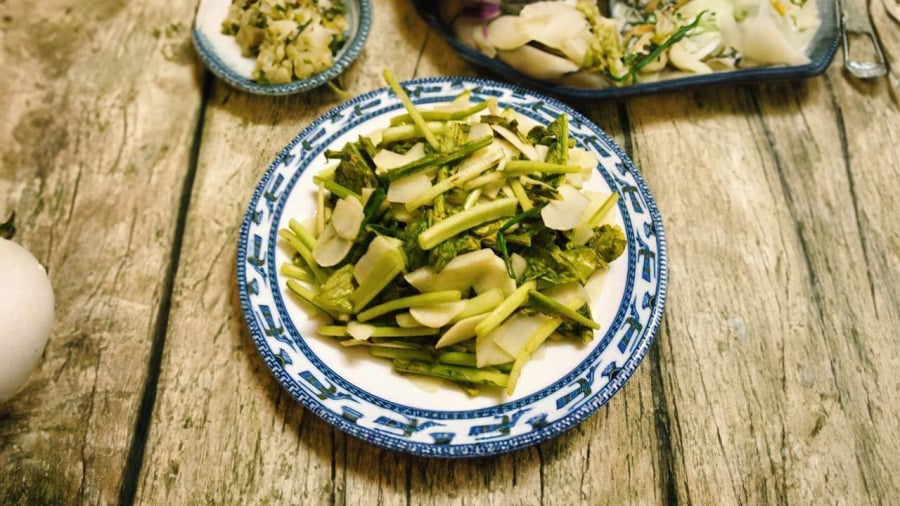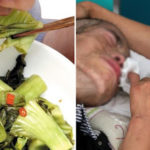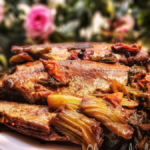Pickled vegetables seem simple but many people pickle vegetables and end up with pickles that have a weird taste, are soggy, not fragrant, or not golden enough. In the past, people used to say “Pickles depend on the hands”. Actually, the “hands” here refers to experience. Those who pickle vegetables and end up with weird or soggy pickles usually don’t pay attention to the following factors:

Choosing good pickling vegetables
The most common pickling vegetables are cabbage, radish, and cauliflower. When choosing vegetables, choose ones that are not too young or too old. Specifically, when choosing pickling vegetables, check their freshness. If the vegetables are too wilted, it means they have been sprayed with a lot of nitrogen, causing the pickles to become soggy and easily mushy.
Proper washing and preparation
To make good pickles, remove any damaged leaves and crush them. The vegetables should be drained to remove excess water. If they can’t be drained, you can use a fan to dry them. This step is crucial in making crispy and delicious pickles. If it’s raining, make sure to wash the vegetables thoroughly or soak them in diluted saltwater. Salt helps remove excess water from the vegetables and limits bacteria and residual chemicals (such as excessive nitrogen). It’s important to maintain hygiene when pickling vegetables.
When pickling vegetables, make sure to wash each leaf and then rinse them again after cutting to prevent stickiness.
Choosing the right salt
To make delicious pickles without any strange smell, you can use refined salt or sea salt. Avoid using soup powder or seasoning powder in pickles. The usual ratio is about 20-25 grams of salt (2-2.5 tablespoons) per liter of water, which is suitable for pickling 1 kg of cabbage. This is because the pickled cabbage has already withered, so the cabbage will absorb more salty flavor.
With refined salt, which contains 97-99% sodium chloride, it has been refined, so it does not contain impurities or minerals. It is usually fortified with iodine and anticaking agents. This salt has a bitter and salty taste and can cause discoloration and pickling defects. That’s why using refined salt or soup powder in pickles will make them less delicious.

Cleaning the jars and containers for pickles is crucial
The jars, containers, and barrels used for pickles must be cleaned and dried. If the previous batch of pickles went bad or had an unpleasant taste, then the next batch of pickles should be thoroughly cleaned and dried to prevent bacterial contamination from the previous batch. Water accumulation in the containers will also spoil the pickles. Avoid using plastic jars or containers for pickling, as acidic pickles contain many acids that can react with additives in plastic (such as melamine, coloring agents, plasticizers), causing toxins to contaminate the pickles and affecting health.

Avoid letting pickles float on the surface of the water
If even one piece of pickle floats on the surface of the water, the entire batch of pickles can become soggy, moldy, or develop off flavors. Therefore, use a plate, mesh, or bowl to press down the pickles and keep them submerged in the water.
Using dirty chopsticks to pick up pickles is strictly prohibited
If you use chopsticks that have food residues or are dipped in the food to pick up pickles, the pickles will develop a bad smell, become soggy, moldy the next day. Therefore, use dry and clean chopsticks to pick up the pickles. Do not put leftover pickles back into the jar or container.
In addition to the important notes above, you can add diluted rice water to the pickles to quickly sour them and give them a beautiful yellow color. Many people add sugar to make the pickles sour quickly, but adding sugar can make the pickles become sticky.




































